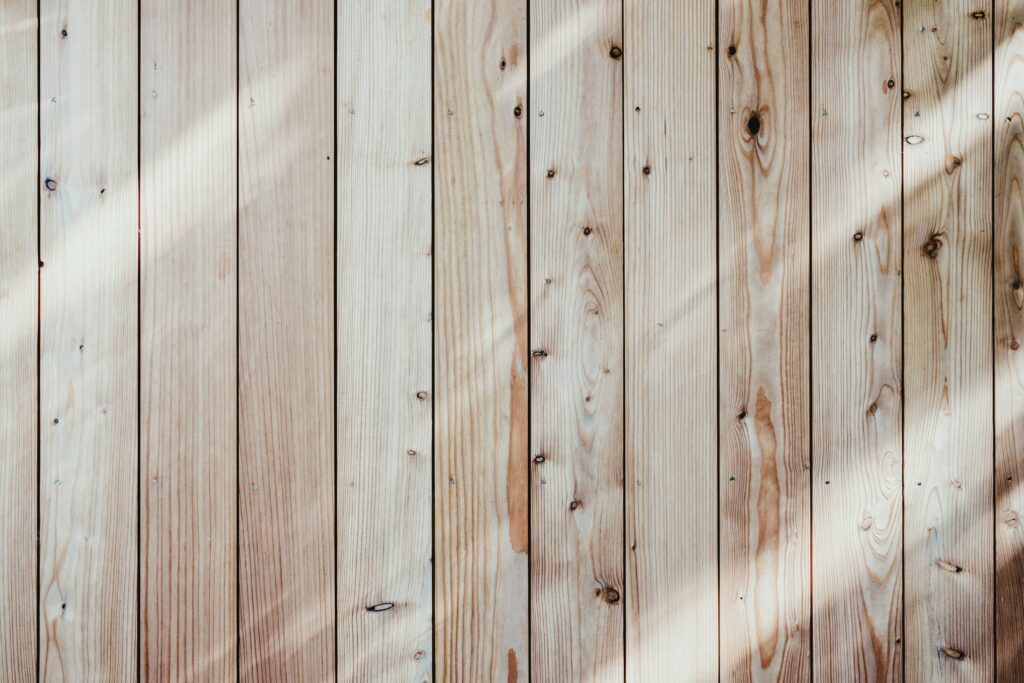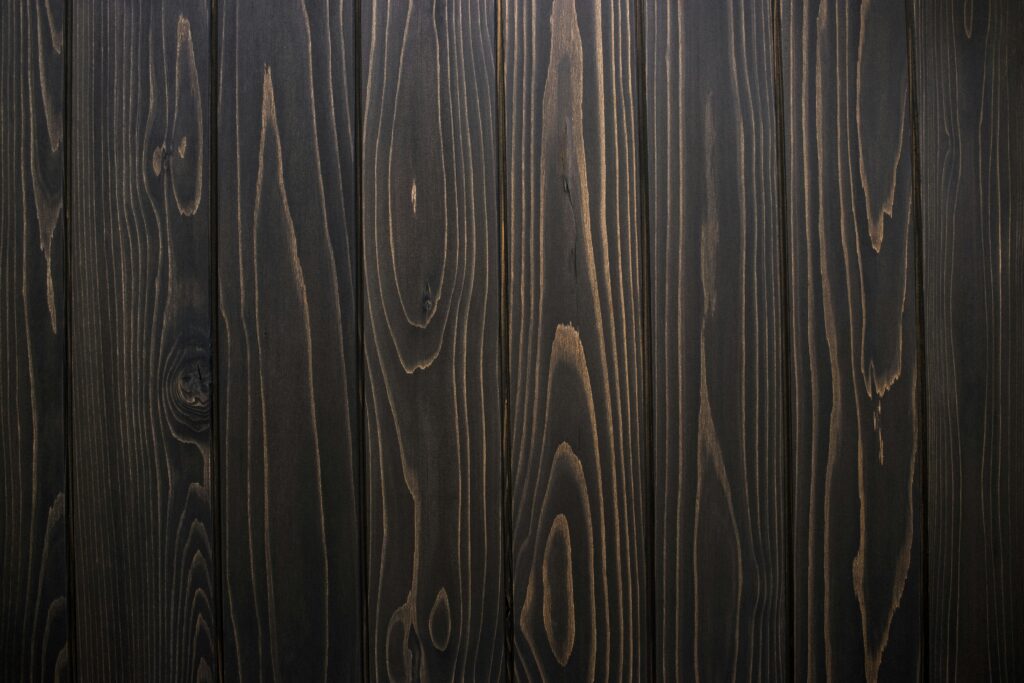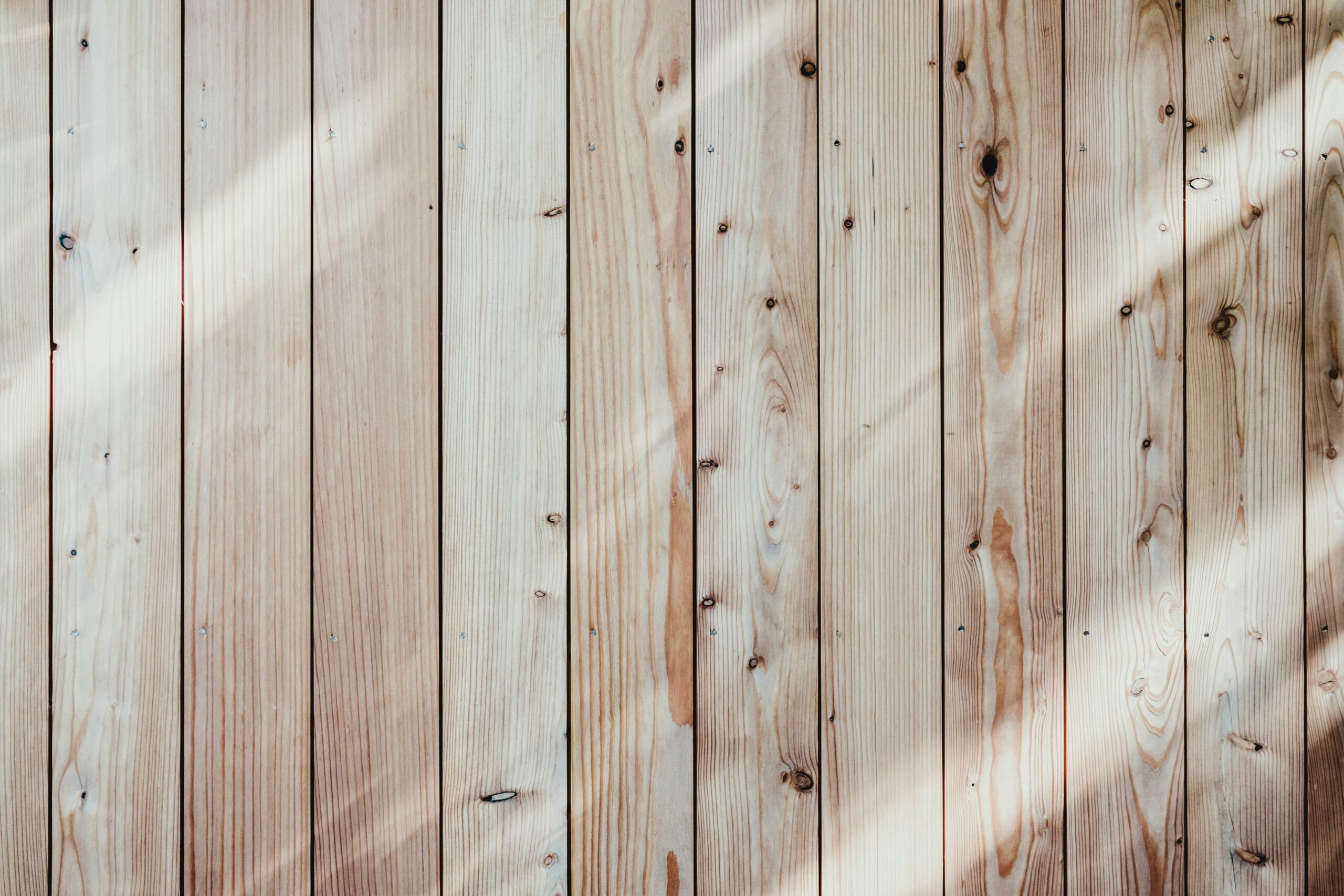In the world of smoking meats and adding that delicious smoky flavor to your dishes, the question of whether to soak wood chips before smoking is a common one. It’s a debate that has been going on for years among barbecue enthusiasts and culinary experts. Some swear by soaking the wood chips, claiming it enhances the smokiness and prevents them from burning too quickly, while others argue that soaking is unnecessary and can even hinder the smoking process. So, let’s dive into the pros and cons of soaking wood chips before smoking and find out what’s best for your next BBQ masterpiece.

Understanding the Smoking Process
Smoking is a popular technique in the culinary world that adds a unique and delicious flavor to various dishes. It involves the use of wood chips to produce smoke, which infuses the food with a smoky essence. To truly master the art of smoking, it is essential to understand the concept of smoking, its importance in preparing food, and the types of wood used in the process.
Concept of Smoking
Smoking involves the slow cooking of food over indirect heat and constant exposure to wood smoke. This cooking technique is not only a way to add flavor but also a method of preserving food. When the wood chips burn, they release smoke that imparts a distinct taste and aroma to the food. This process can take hours or even days, depending on the type of food and desired flavor intensity.
Importance in Preparing Food
Smoking is an integral part of preparing various dishes, especially barbecue and smoked meats. It adds a depth of flavor that cannot be achieved through other cooking methods. The low and slow heat of smoking tenderizes the meat while infusing it with a smoky essence. Whether you are smoking ribs, brisket, or even vegetables, the process enhances the overall taste and elevates the dining experience.
Types of Wood Used in Smoking
Different types of wood chips can be used in smoking, each with its own distinct flavor profile. Some common types of wood used in smoking include hickory, mesquite, apple, cherry, and oak. Each wood imparts a unique taste to the food, ranging from mild and sweet to strong and robust. It’s important to choose the right wood chips based on your personal preference and the type of food you are smoking.
Introduction to Wood Chips
Wood chips are small pieces of wood that are commonly used in smoking. They are readily available and can be easily used in various types of smokers. It is important to understand the difference between wood chips and wood chunks, as well as the different types of wood chips available.
Definition
Wood chips are small pieces of wood that are typically around the size of a thumbnail. They are specifically designed for smoking and provide a consistent and controlled release of smoke during the smoking process. Wood chips are preferred by many smokers due to their convenience and ease of use.
Difference between Wood Chips and Wood Chunks
While wood chips are small and thin, wood chunks are larger and thicker pieces of wood. The main difference is in the burn time and smoke production. Wood chips burn faster and release smoke more quickly, whereas wood chunks burn at a slower pace and produce a more sustained smoke. The choice between wood chips and chunks depends on the desired smoking technique and the type of smoker being used.
Types of Wood Chips
There is a wide variety of wood chips available to choose from, each offering a distinct flavor to the smoked food. Some popular types of wood chips include applewood, cherrywood, hickory, mesquite, and oak. Applewood is mild and fruity, cherrywood is sweet and aromatic, hickory is strong and rich, mesquite is bold and earthy, and oak is versatile and adds a smoky baseline flavor. Experimentation with different wood chip flavors can help create unique and exciting flavor combinations.
Function of Wood Chips in Smoking
Now that we understand what wood chips are, let’s delve into their function in the smoking process. Wood chips play a crucial role in producing smoke, which adds flavor and complexity to the food being smoked.
Role of Wood Chips
When wood chips are placed inside a smoker, they ignite and burn due to the heat generated. As they burn, smoke is released, enveloping the food and infusing it with a smoky flavor. The smoke acts as a carrier of aromatic compounds present in the wood, which are then absorbed by the food. Wood chips also contribute to the overall cooking process by helping maintain a consistent temperature and adding moisture to the environment.
How Wood Chips Impact Flavor
The flavor of the wood chips influences the final taste of the smoked food. Each type of wood imparts its own unique flavor profile, ranging from sweet and fruity to bold and robust. For example, applewood chips add a subtle and slightly sweet flavor, while hickory chips contribute a strong and hearty taste. The choice of wood chips greatly depends on personal preference and the desired flavor profile for the particular dish being smoked.
Choosing the Right Wood Chips for Different Foods
Different types of wood chips pair better with certain types of food. For instance, poultry and seafood often pair well with fruitwood chips such as apple or cherry, as their mild and sweet flavors complement the delicate nature of these proteins. On the other hand, stronger meats like beef or pork can handle the bolder flavors provided by hickory or mesquite wood chips. Experimenting with wood chip varieties and combinations can lead to exciting flavor discoveries and enhance the overall enjoyment of the smoked food.
To Soak or Not to Soak
One common debate among smoking enthusiasts is whether or not to soak wood chips before using them. Some argue that soaking wood chips can enhance the smoking experience, while others believe it to be unnecessary. Let’s explore the pros and cons of soaking wood chips to help you make an informed decision.
The Debate on Soaking Wood Chips
The practice of soaking wood chips is rooted in the belief that wet chips produce more smoke and create a better smoking environment. However, there are differing opinions on this matter. Some argue that soaking wood chips is ineffective and can even hinder the smoking process. To truly understand the debate, let’s weigh the pros and cons of soaking wood chips.
Pros of Soaking Wood Chips
- Extended Burn Time: Soaked wood chips burn slower than dry chips, which means they can provide a prolonged smoke generation period.
- Enhanced Smoke Production: The moisture absorbed during soaking can create more smoke when the wood chips are exposed to heat, resulting in a richer smoky flavor.
- Reduced Risk of Flame-ups: Soaking wood chips can minimize the risk of flare-ups caused by dry chips catching fire. This can help maintain a controlled and steady smoking process.
Cons of Soaking Wood Chips
- Longer Preheating Time: Soaked wood chips require additional time to dry out before they can start producing smoke effectively. This means longer preheating times and potential delays in the smoking process.
- Inconsistent Smoke Release: Soaked wood chips may release smoke erratically, as the moisture can cause steam instead of pure smoke. This can impact the flavor and overall smoking experience.
- Uncertain Flavor Impact: Soaking wood chips can dilute the smoky flavors, potentially diminishing the intensity and depth of the final taste.
Frequently Asked Questions
- How long should wood chips be soaked for?
- The duration of soaking can vary, but a general guideline is to soak wood chips for at least 30 minutes up to a few hours.
- What liquids should be used for soaking wood chips?
- Water is the most commonly used liquid for soaking wood chips. However, some enthusiasts like to experiment with other liquids such as fruit juices, wine, or even beer to add another layer of flavor to the smoked food.
- Can you use dry wood chips without soaking them?
- Yes, dry wood chips can be used directly in the smoker without soaking. This approach is preferred by those who believe that soaking is unnecessary or prefer a more intense smoky flavor.
- Can soaked wood chips be re-used?
- Soaked wood chips should be used once and discarded. Reusing them may result in inconsistent smoke production and flavor.

Process of Soaking Wood Chips
For those who choose to soak their wood chips, it is important to follow a proper process to ensure the best results. Here is a step-by-step guide on how to soak wood chips effectively.
Materials Needed
- Wood chips of your choice
- Container or bowl for soaking
- Water or preferred soaking liquid
- Strainer or colander
Step by Step Guide
- Measure the desired amount of wood chips. Remember that soaked wood chips will expand, so it is advisable to start with a smaller quantity.
- Place the wood chips in a container or bowl large enough to accommodate them.
- Fill the container with enough water or preferred soaking liquid to fully submerge the wood chips.
- Allow the wood chips to soak for a recommended duration, usually between 30 minutes to a few hours.
- Once the soaking time is complete, strain the wood chips using a colander or strainer to remove any excess liquid.
- Let the wood chips sit for a few minutes to drain off any remaining liquid.
Safety Precautions
- Always follow the manufacturer’s guidelines for your specific smoker model and safety recommendations.
- Soaking wood chips should always be performed in a clean and designated container to avoid contamination.
- Be cautious when handling hot water or liquid to prevent accidents or burns.
- Dispose of used wood chips properly, as they may still contain heat or be flammable.
Dynamics of Soaked Wood Chips within a Smoker
Understanding how soaked wood chips behave within the smoker is essential for achieving the desired smoking results. The way soaked wood chips burn and produce smoke can significantly impact smoke generation, temperature control, and overall smoking performance.
How Soaked Wood Chips Burn
Soaked wood chips burn differently than dry chips due to the moisture content. When heat is applied, the water within the soaked chips evaporates, creating steam. As the temperature rises further, the steam turns into smoke. The release of smoke can be slower and more intermittent compared to the steady burn of dry chips. The burn rate of soaked chips is generally slower, which can be advantageous for longer smoking sessions.
Effect on Smoke Production
Soaked wood chips may produce less smoke initially compared to dry chips due to the slower release of smoke-causing compounds. However, once the chips dry out and the temperature increases, they can generate a more concentrated smoke. It’s important to monitor the smoking process closely to ensure the desired level of smoke is achieved, especially during the early stages.
Impact on Temperature Control
Soaked wood chips can have a cooling effect on the smoker due to the evaporation process. This cooling effect can help regulate the temperature within the smoker, preventing it from getting too hot. However, it is essential to account for this effect, as it may require adjustments to the heat source or smoker settings to maintain the desired temperature range.

Comparing Soaked and Dry Wood Chips
To fully understand the effects of soaking wood chips, let’s compare them to using dry wood chips in terms of flavor impact, burn time, temperature control, and overall performance.
Effect on Flavor
Soaked wood chips generally produce a milder and more subtle smoky flavor compared to dry chips. The moisture present in soaked chips can dilute the intensity of the smoke, resulting in a less pronounced smoky taste. On the other hand, dry chips provide a more concentrated and robust smoke flavor. The choice between soaked and dry chips depends on personal preference and the desired flavor profile for the particular dish being smoked.
Burn Time and Temperature
Soaked wood chips burn for a longer duration compared to dry chips due to their higher moisture content. The slower burn rate can be advantageous for extended smoking sessions without the need for frequent chip replenishment. However, it is important to note that soaking can increase the overall smoking time, as the chips require additional drying time before producing smoke effectively. The moisture in soaked chips can also have a cooling effect, which could impact temperature control within the smoker.
General Performance in Smoking Process
The performance of soaked or dry wood chips ultimately depends on the specific smoking requirements and personal preferences of the user. Soaked chips are preferred by some for their extended burn time and potential for smoother smoke release. Dry chips, on the other hand, offer a more intense smoke flavor and require less preheating time. It’s important to experiment with both methods and consider the desired outcome to determine which option works best for you.
Experimenting with Soaked Wood Chips
For those looking to delve deeper into the world of smoked flavors, experimenting with different soaking liquids and wood chip combinations can be an exciting journey. By using various soaking liquids and wood chip flavors, you can explore new dimensions of taste and create unique culinary creations.
Trying Different Soaking Liquids
While water is the most common liquid used for soaking wood chips, there are endless possibilities for experimentation. Fruit juices like apple or pineapple can infuse a subtle fruitiness into the smoke, while bourbon or whiskey can add a hint of complexity. Wine lovers may consider using red or white wine to bring a touch of sophistication to their smoked dishes. The choice of soaking liquid should complement the flavors you wish to enhance in your smoked food.
Influence on Smoke Flavor
The choice of wood chip flavor greatly impacts the final taste of the smoked food. Combining different wood chip varieties with various soaking liquids can create unique and complex flavor profiles. For example, cherry wood chips soaked in red wine can add a rich fruity taste to beef or lamb, while applewood chips soaked in apple juice can elevate the sweetness of pork or poultry. Don’t be afraid to experiment and discover new smoky flavor combinations that suit your palate.
Recommended Foods for Experimentation
Almost any type of food can benefit from the experimentation of soaked wood chips. Meats, such as ribs, brisket, pork shoulder, or even fish and seafood, can be enhanced with different combinations of wood chip flavors and soaking liquids. Vegetables can also benefit from the smoky essence, whether grilled or cooked indirectly in a smoker. Fruits like peaches, pears, or even watermelon can be given a unique touch by adding a smoky element to their natural sweetness.
Common Mistakes to Avoid When Soaking Wood Chips
To ensure the best smoking experience with soaked wood chips, it’s essential to avoid common mistakes that can hinder the flavor and performance. Here are some mistakes to avoid:
Avoid Over-soaking
Soaking wood chips for an excessively long period, such as overnight, can lead to saturation and reduce their ability to release smoke effectively. Over-soaked wood chips may produce less smoke and impart a diluted flavor to the food. Following the recommended soaking times and allowing the chips to drain properly after soaking will help achieve optimal results.
Using the Wrong Type of Wood
Choosing the wrong type of wood for a particular dish can result in flavor mismatches. Each wood chip variety has its own distinct flavor, so it’s important to select the appropriate wood chip that complements the food being smoked. Researching and understanding the flavor profiles of different wood types will help you make informed decisions and avoid flavor clashes.
Using the Wrong Soaking Liquid
While experimenting with soaking liquids can be exciting, using the wrong liquid can have adverse effects on flavor and overall performance. Avoid using strongly flavored liquids that may overpower the natural flavors of the food. It is best to choose liquids that enhance and complement the taste of the dish rather than overpowering it. Start with milder options like water or fruit juices and gradually explore more adventurous choices.
Conclusion: Do You Need to Soak Wood Chips?
After exploring the various aspects of soaking wood chips, you may wonder whether it is necessary to soak them before smoking. The decision ultimately depends on your personal preference, desired flavor profile, and the specific dish being smoked.
Summarizing the Arguments
Soaking wood chips has its advantages, such as extended burn time, enhanced smoke production, and reduced risk of flame-ups. However, there are disadvantages to consider, such as longer preheating times, inconsistent smoke release, and potential dilution of flavor.
Personal Experience and Recommendations
Many smoking enthusiasts have had success with both soaked and dry wood chips, highlighting the importance of experimentation and personal taste. Some prefer the milder and longer-lasting smoke of soaked chips, while others prefer the intensity and convenience of using dry chips. It is recommended to try both methods and determine which one aligns best with your preferences and the specific dishes you enjoy smoking.
Final Verdict Based on Research and Experimentation
Based on extensive research and experimentation, the verdict on whether or not to soak wood chips is subjective. There is no definitive answer that applies to all smoking scenarios. The choice between soaked and dry wood chips should be based on personal preference, desired flavor intensity, and the specific dish being smoked.
Remember, smoking is an art, and the process can be tailored to individual tastes and preferences. Whether you choose to soak your wood chips or not, the most important aspect of smoking is to enjoy the process, experiment with different flavors, and savor the delicious results. Happy smoking!

